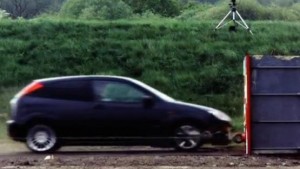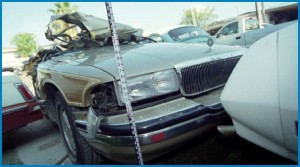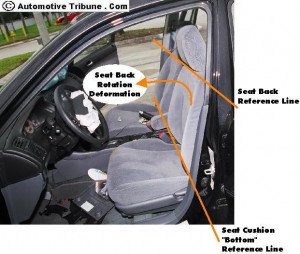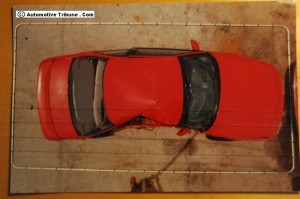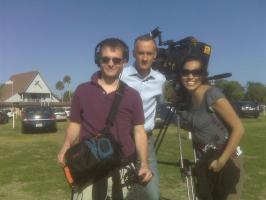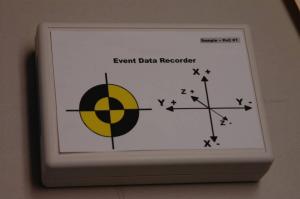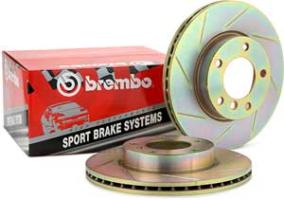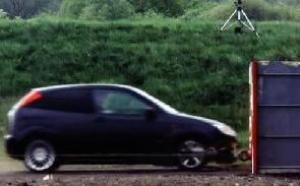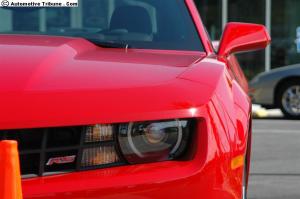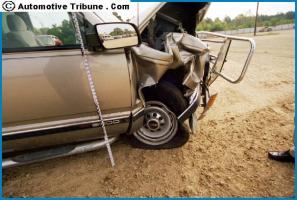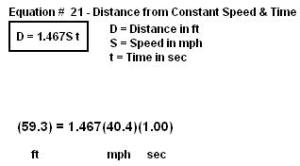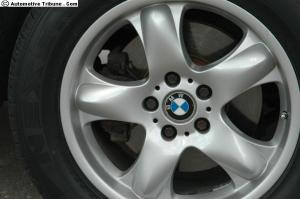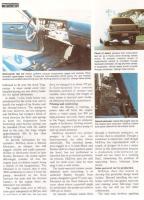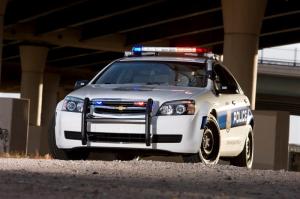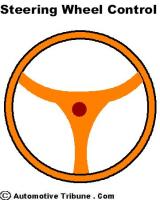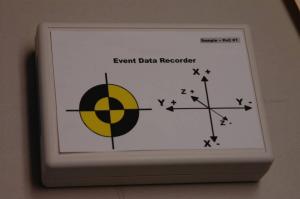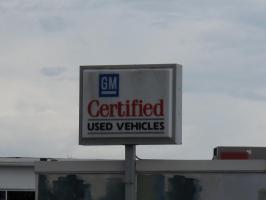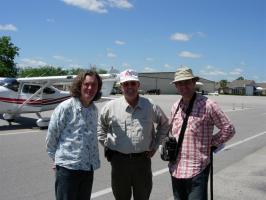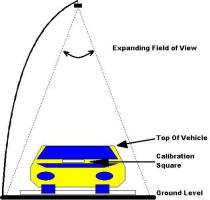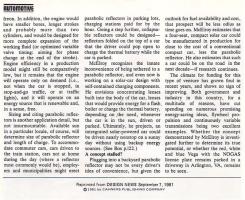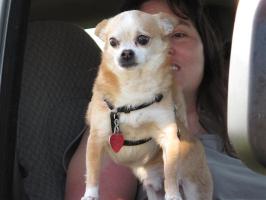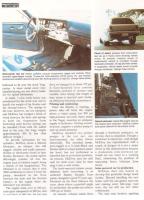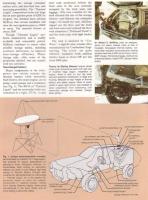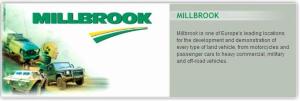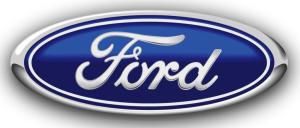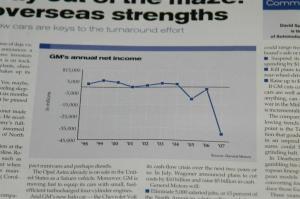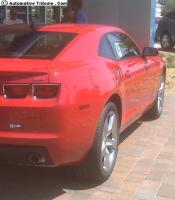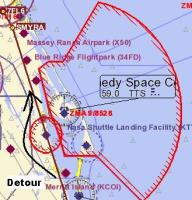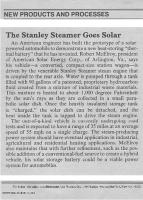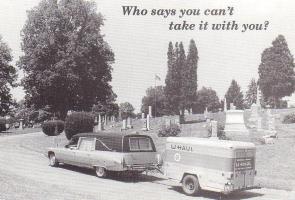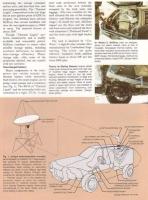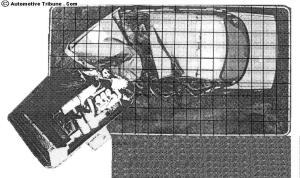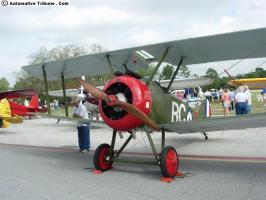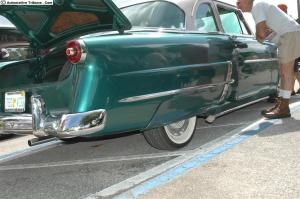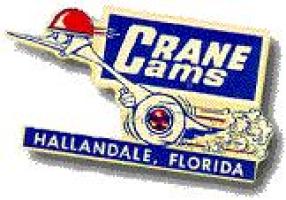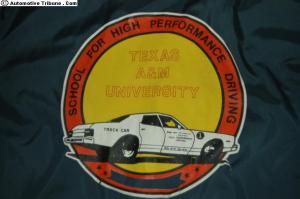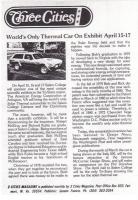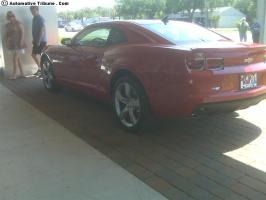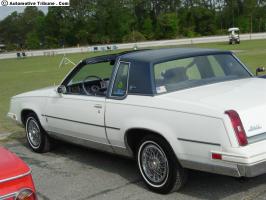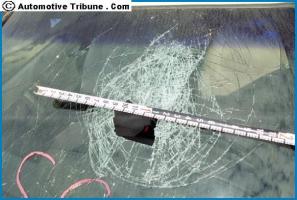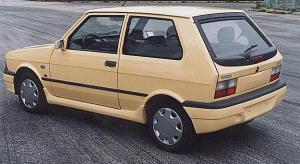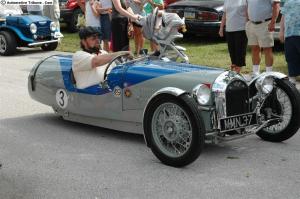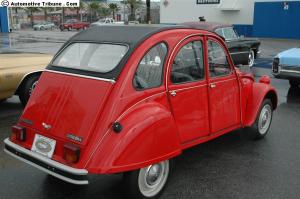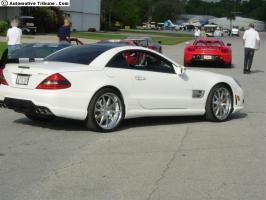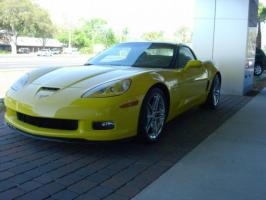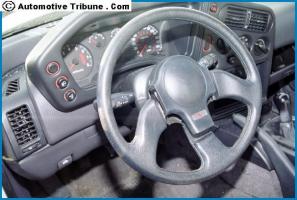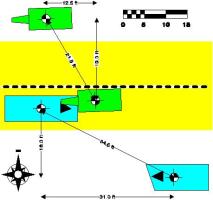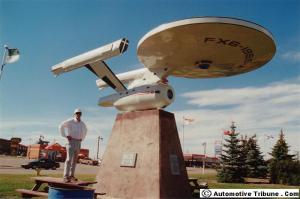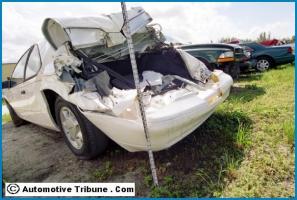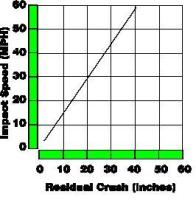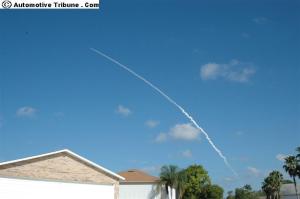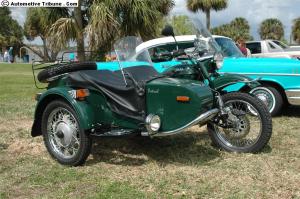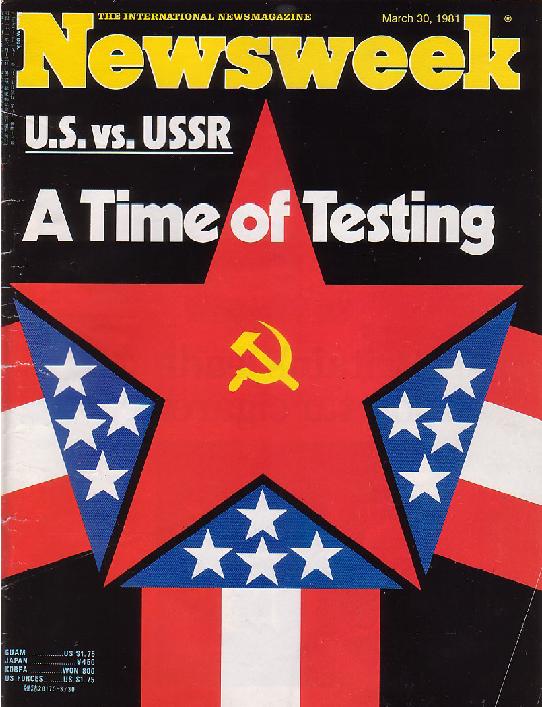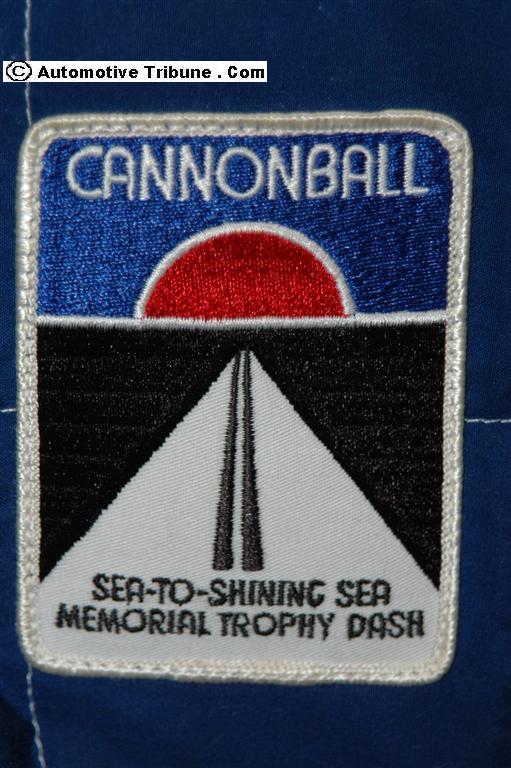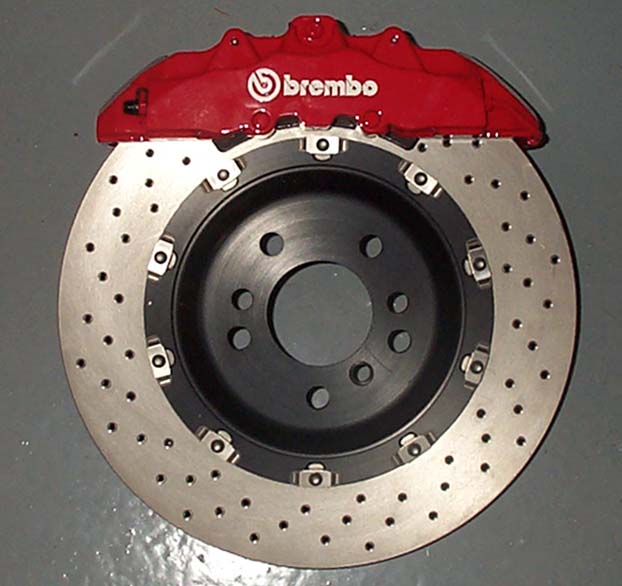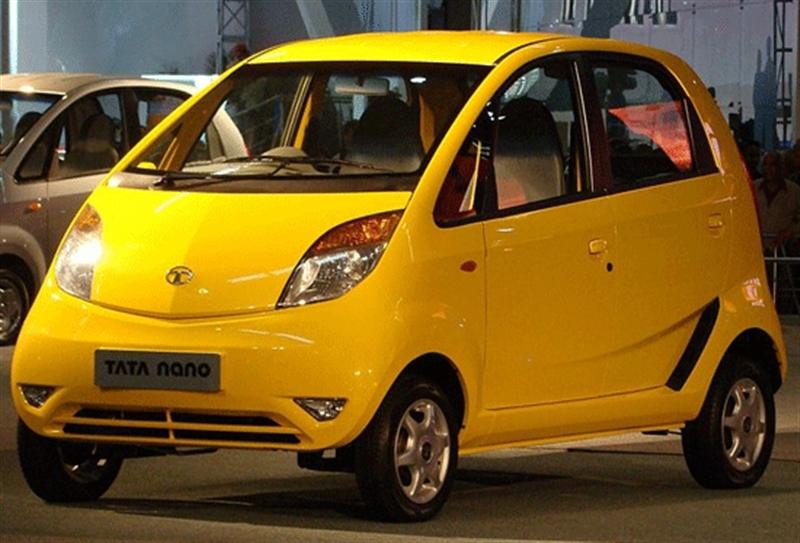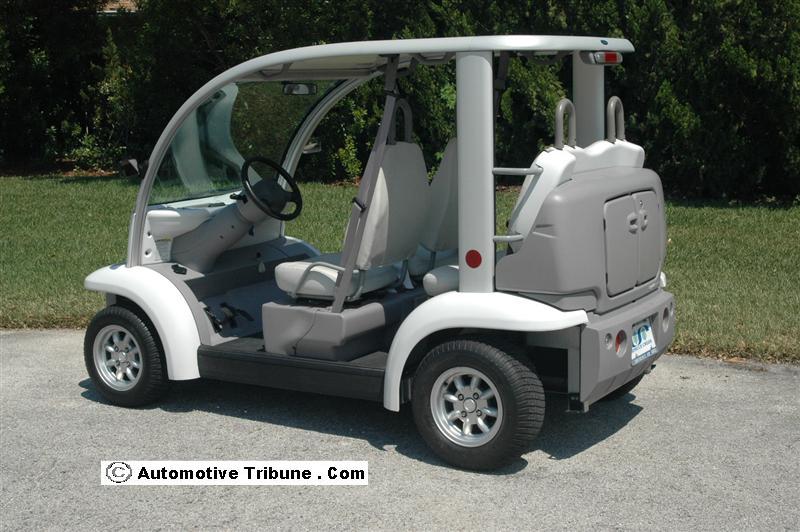Ford Recalls 4.5 Million Cars & Trucks
It’s back in the news again. This is a serious problem and it is a problem that needs to be corrected once and for all. From the position of a forensic vehicle expert, that has been involved with product defects for decades, this is not a new problem.
There will always be problems. Design and product engineering try and make the car and components as reliable as possible. Unfortunately, some problems seem almost impossible to get rid of.
Problems get into a system, initially, in the form of a design defect. Design defects mean that each and every car built,with that technology,is flawed. From a forensic point of view, it is much easier to prove a manufacturing defect which only affects one vehicle.
This recall extends by an additional 4.5 million vehicles Ford’s efforts to eliminate a fire hazard in a faulty cruise-control deactivation switch made by Texas Instruments. With Tuesday’s decision 16 million Ford cars and trucks have now been recalled since 1999 due to the switch according to the National Highway Traffic Safety Administration. A very thorough example of an investigation report can be found here.
Design Defect Discussion
It is interesting to analyze the historical evolution of automobile parts. When you analyze a vehicle component failure there is lots of history to review. This history can be extremely complex but the story and evolution of the part will eventually unfold.
Seat Failure Analysis
One example is a car seat failure. In a rear end impact the driver’s seat collapsed, the driver slid backwards underneath the seatbelt and their neck was broken when they impacted the rear seat in a horizontal manner. It was possible to do a great deal of collision analysis and calculate impact speeds, and forces applicable to the failure and injury sustained.
Plaintiff attorney Request For Production to the OEM resulted in boxes of documents provided under Protective Order. Research showed evolution of the seat design going back over 20 years.
In this accident the seat failed below its failure strength. According to FMVSS the seat has to withstand a force of 20 times the weight of the seat back. There is no thing about driver or passenger in the equation. If the seat back weighs 10 pounds then the seat back has to withstand 200 pounds of deflective force. This is all clearly spelled out in the Standard.
In the subject seat, I had the seat mechanism X Ray photographed so that I knew exactly what the failure was before going forward with the plaintiff attorney.
Defects can be deadly. If you have concerns go to the NHTSA site and spend some time. It can be very educational. The TREAD Acthas put heavy penalties on manufacturers that knowingly permit tgheir products to fail.
There is lots of legal rhetoric in the area of design defect, manufacturing defect, accident, injury, causation, maintenance, and negligence. Determination of a proximate cause can be very difficult, especially if the part burns up and is consumed in the fire.

